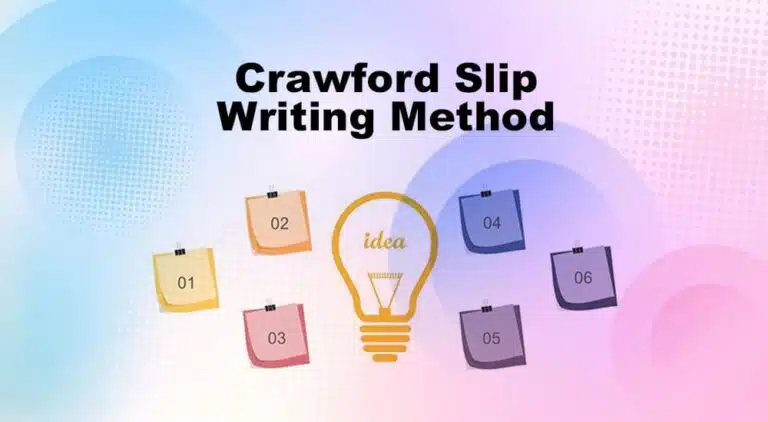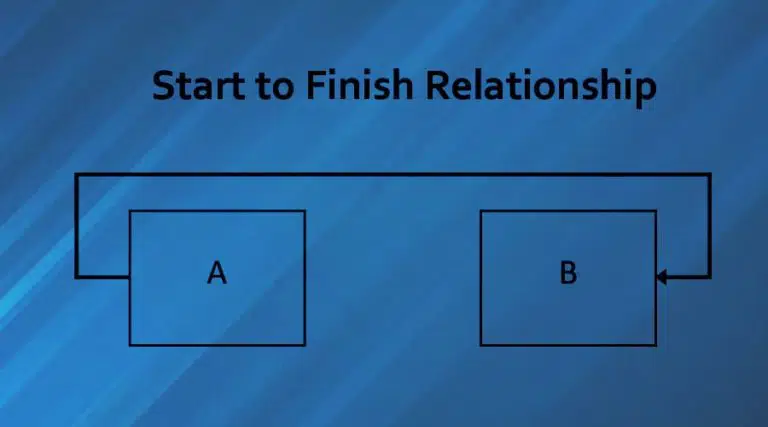Today we will discuss a quality management term, Design for X or DfX.
DfX is used in the initial stage of development and to help you make a better product.
This technique helps reduce costs, improve quality and performance, and increase customer satisfaction.
Let us dive in.
Design for X or DfX
Design for Excellence, another name for this term, refers to a set of methodologies, principles, and criteria for developing high-quality products during the concept design stage.
Definition: As per the PMBOK Guide, “Design for X (DfX) is a set of technical guidelines that may be applied during the design of a product for the optimization of a specific aspect of the design. DfX can control or even improve the product’s final characteristics.”
DfX takes a comprehensive and systematic approach to design, from conception to completion. It uses best practices and standards to guarantee that the design and production processes are error-free.
The word DfX can be rephrased as Design for X, where the variable “X” can be replaced with any project objective.
Manufacturability, Testability, Cost-Effectiveness, Assembly, Quality, and Reliability are some parameters that can replace “X.”
How DfX is Different than Traditional Engineering
Traditional design approaches do not align the design team with the manufacturing and supply chain.
The DfX pulls cross-functional resources during the design stage. It records everything and is an intermediary between the design team, client, and other stakeholders.
DfX encourages cooperation among stakeholders.
Design for X is a new design approach. Though DfX and traditional engineering methods have many similarities, they have notable differences.
Some of the differences between these two methods are as follows:
Defect Detection
Errors are detected and corrected after the design phase in the traditional engineering design process. Often, resolving these issues is costly.
DfX removes these challenges to the early stages of the design process, saving cost and time.
Required Tools
Traditional engineering uses many tools, while Design for Excellence uses fewer standard sets of tools for improved performance.
Product Design Iterations
An iteration refers to repeating a process until the desired outcome is received. Several iterations are required to produce a satisfactory design, which is costly and time-consuming. Traditional engineering design involves many versions of a product.
DfX does not have many iterations; it aims to get the product right the first time and avoid new versions. This is accomplished by conducting simulations and building virtual designs.
Design Requirements
The traditional design considers functional requirements, while DfX considers the product life cycle requirements.
Team Input
Traditional methods are less team-based because suppliers, customers, and manufacturing inputs are not considered. On the other hand, Design for Excellence is a team-based approach and involves suppliers, cooperation between different parties, and the project management team.
Examples of Design for X (DfX)
Design for X or Excellence applies to all design processes.
Some examples are:
Design for Manufacturing (DfM)
The most fundamental Design for X technique is called Design for Manufacturing. DfM ensures that the components of the finished product are manufactured using established methods and materials.
This product development model makes the production process easy. The simplicity is assessed at all stages. DfM teaches you how to build a great product with less cost and in a shorter duration.
Designers use DfM to improve the design of components, assemblies, and full products.
Design for Assembly (DfA)
A basic product with a few components will be faster to assemble. Designers use DfA to design a product that is easy to build and assemble.
Simpler components using basic procedures are recommended to reduce the risk of errors. Additional benefits include reduced maintainability because fewer parts need to be tested and stored.
Design for Manufacturing and Assembly (DfMA)
DfM is concerned with manufacturing a product or element, whereas DfA is concerned with the assembly aspects of the product.
DfMA combines the two techniques for a more comprehensive picture of the product development cycle while considering various factors. It saves about 40% time.
DfMA brings these specialties together to create simple, economical products that can be manufactured and assembled easily. The other advantages are reduced costs, dependability, and quick product launch.
Design for Supply Chain (DfSC)
Here, an organization’s structure, supply chain, and balance between inventory, manufacturing cost, and transportation are decided.
The product supply chain should be considered during the product design stage. This clarifies inventory requirements, reducing supply chain costs, lead times, and wastage.
The supply chain was an afterthought in the past, and logistics were considered after the product was ready.
DfSC has changed this by making logistics easier.
Design to Cost (DtC)
This is a collection of cost management strategies to control production and development costs. You can avoid unnecessary expenses by analyzing the cost of the product and incorporating reductions from the initial stages of design.
Various life cycle cost management strategies are included here. Designing for Cost is based on technical concepts, considering the organizational needs. Value analysis is used to calculate the worth offered to customers. Costs of redesigning and revisions should also be factored in.
Design for Quality (DfQ)
A product’s quality has a direct influence on its sales. Eight key characteristics determine product quality: performance, reliability, features, durability, conformance, aesthetics, perceived quality, and aesthetics.
Quality checks must be integrated into the manufacturing process from the start. This eliminates quality concerns before the manufacturing process starts. It is inefficient to rely on inspections to filter low-quality items. An excellent plan guarantees that clients get high-quality products.
Easier and established systems lead to higher quality; Design for Quality is developed along with DfM and DfA.
For example, suppose a fabricator cannot show that they have a high capacity for a component you will purchase. In this case, you can provide an engineer to engage with the supplier and identify ways to improve capacity.
Design for Testing (DfT)
Testing is performing quality checks on prototypes, verifying that the product fulfills requirements.
This process integrates testing methodologies into a product at the design stage. The objective is to make the testing simple and cost-effective, making it easier to find faults from manufacturing until packaging.
DfT makes it simple to test the product and its components.
For example, this technique can provide space on PCBA boards for testing pads and allows each module to be tested before completion.
Design for Maintenance (DfM)
Design for Maintenance or Maintainability focuses on making the product easy to keep up with.
Preventative and reactive maintenance should be taken into account when designing a product. Most goods can be easily maintained if we follow the simple design process.
Integrating technologies that indicate the real-time status of a product is one method.
Benefits of Design for X (DfX)
Before creating the product, it is critical to design for testability, supply chain, manufacturability, quality, and other factors. Exceptional engineering design methods begin with a thorough evaluation, are delivered early, and avoid future redesign.
All this translates to satisfied customers.
Some benefits of DfX:
- Reduced product cost
- Shorter launch time
- Reduced product risk
- Improved product quality
- Enhanced testability
- Improved production
- Customer satisfaction
- Improved operational efficiency
Conclusion
So far, 48 distinct DfX systems have been introduced. The Design for X approach is helpful for a product, product elements, and the organization. The advantages of Design for Excellence are realized throughout the product’s life cycle.
Design for Excellence can significantly influence a company’s market growth and competitiveness.
Note that since this concept is given in the PMBOK Guide, you may see a few questions from Design for X or DfX on your PMP Exam.
This is where this post on Design for X ends. Please share your experience with this technique through the comments section.

I am Mohammad Fahad Usmani, B.E. PMP, PMI-RMP. I have been blogging on project management topics since 2011. To date, thousands of professionals have passed the PMP exam using my resources.







